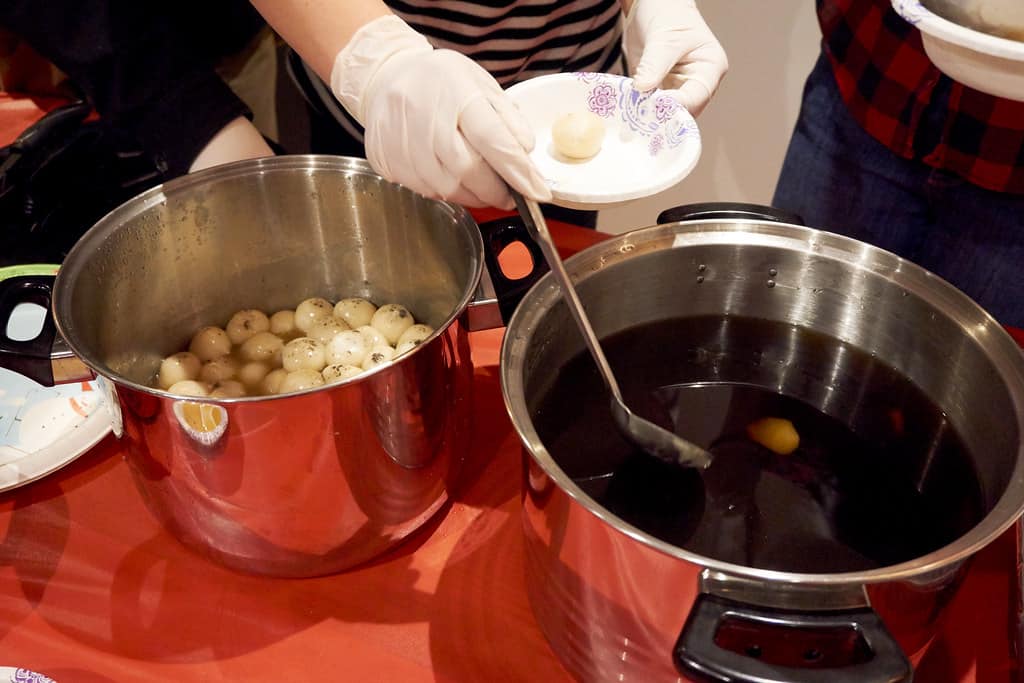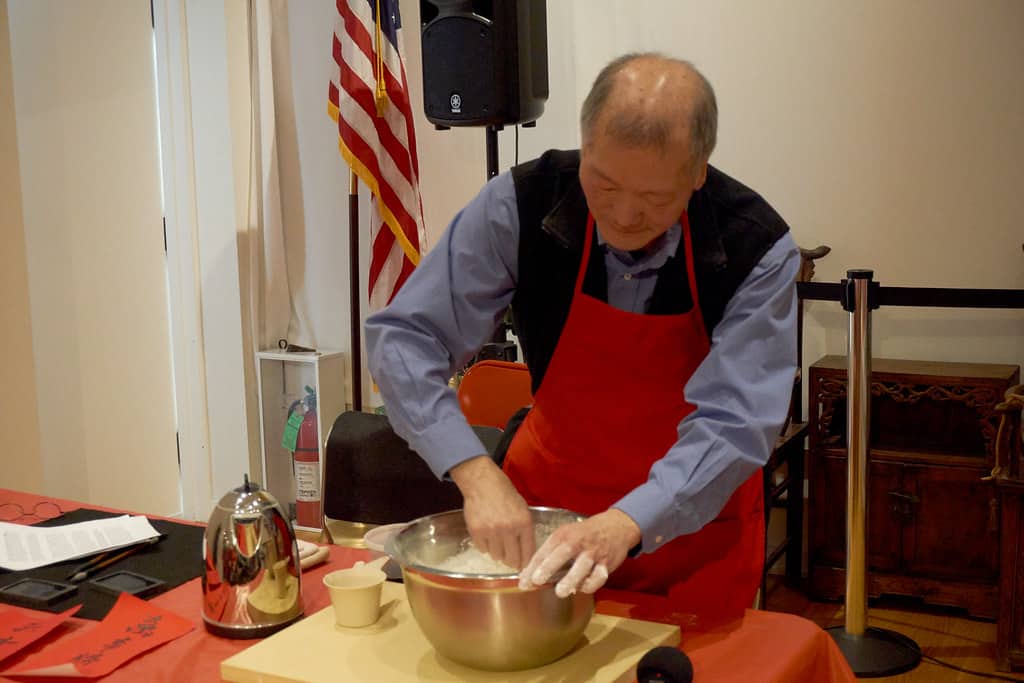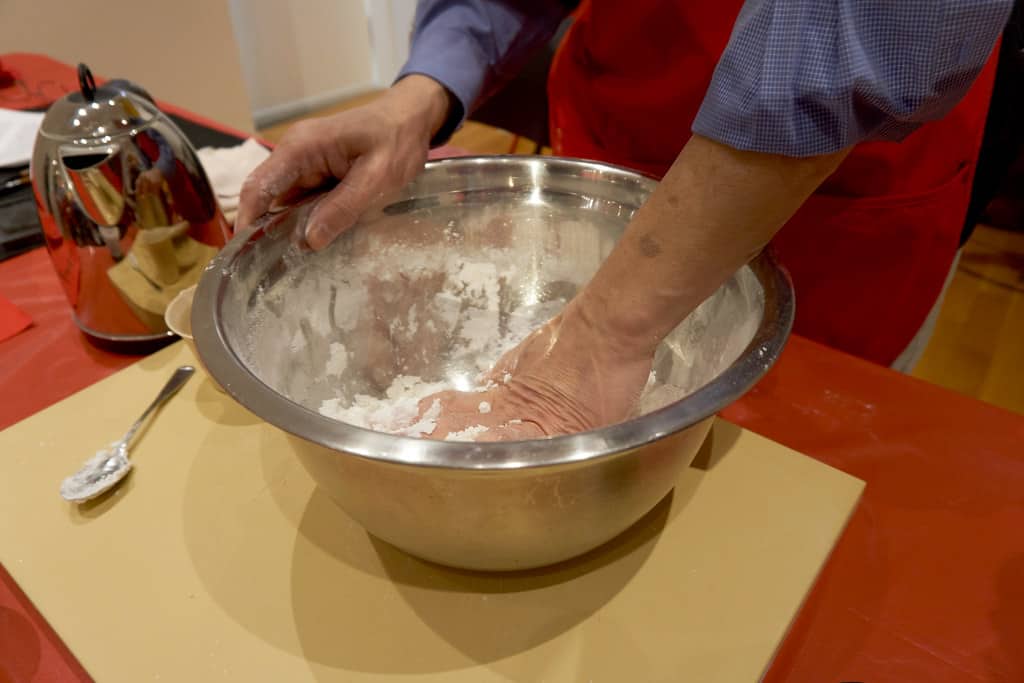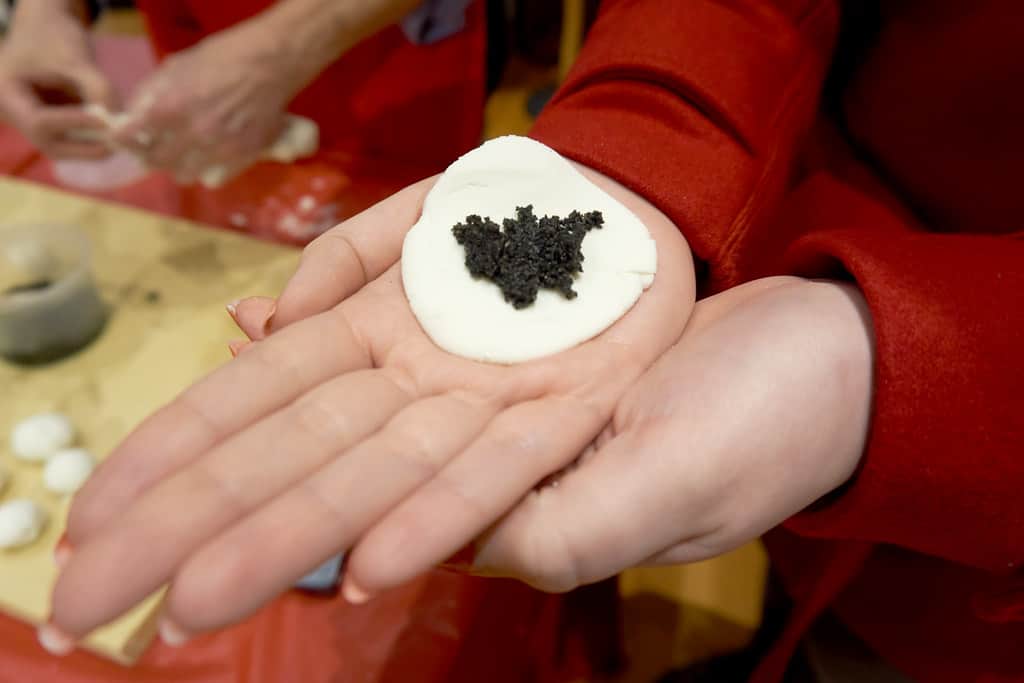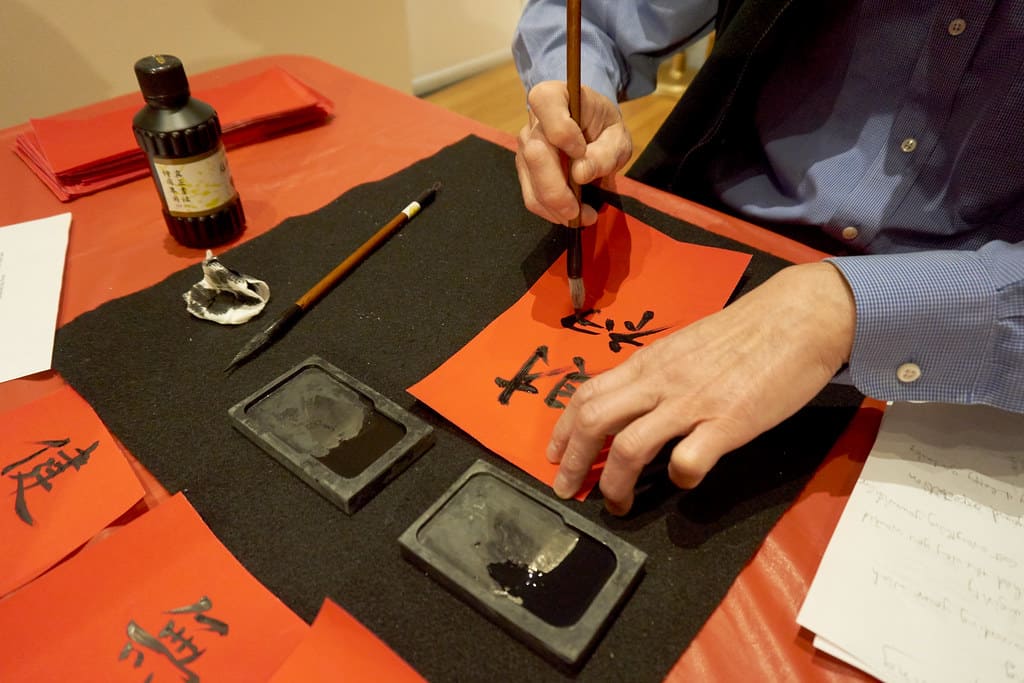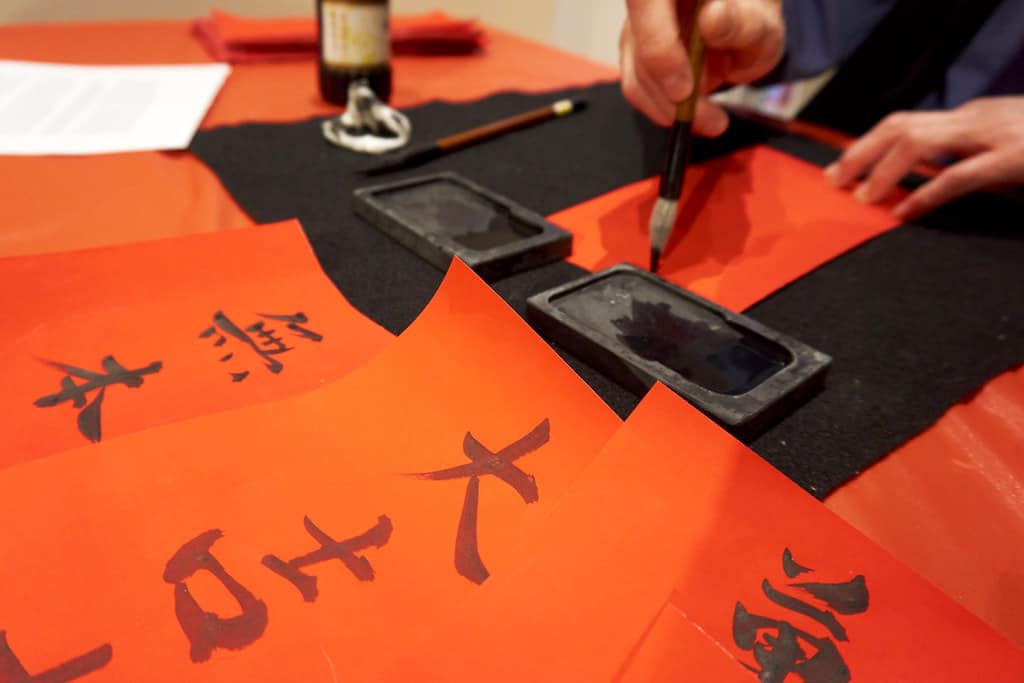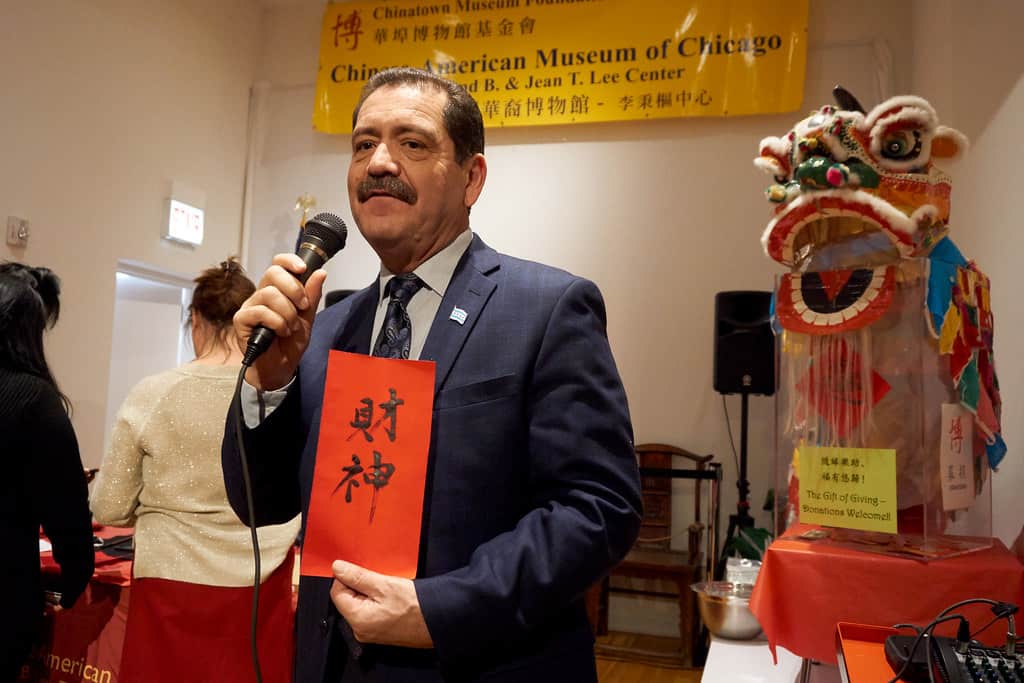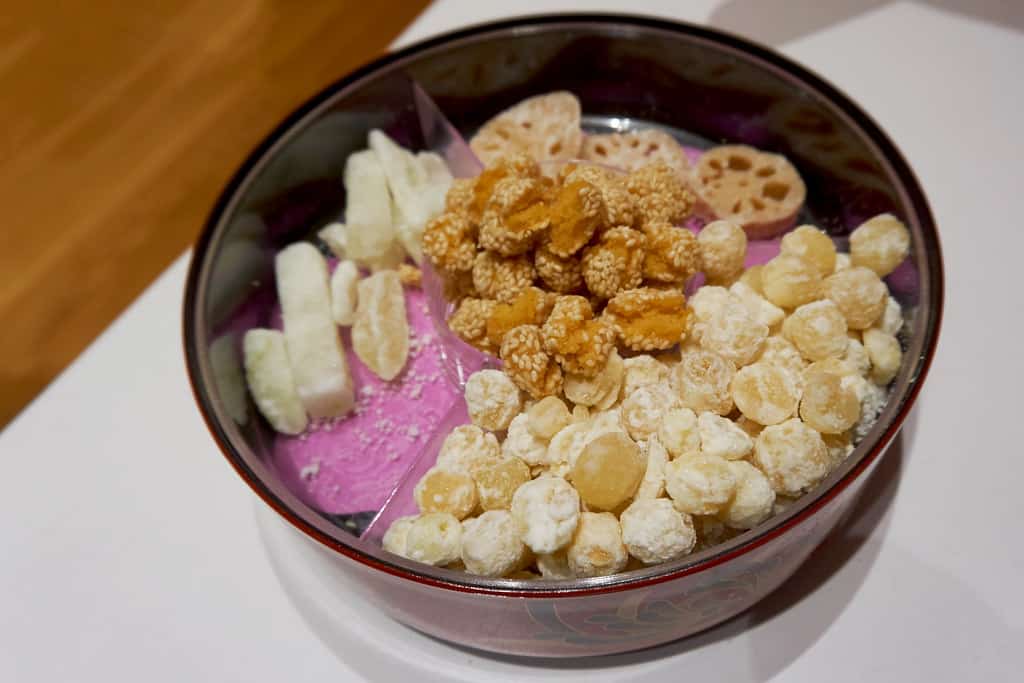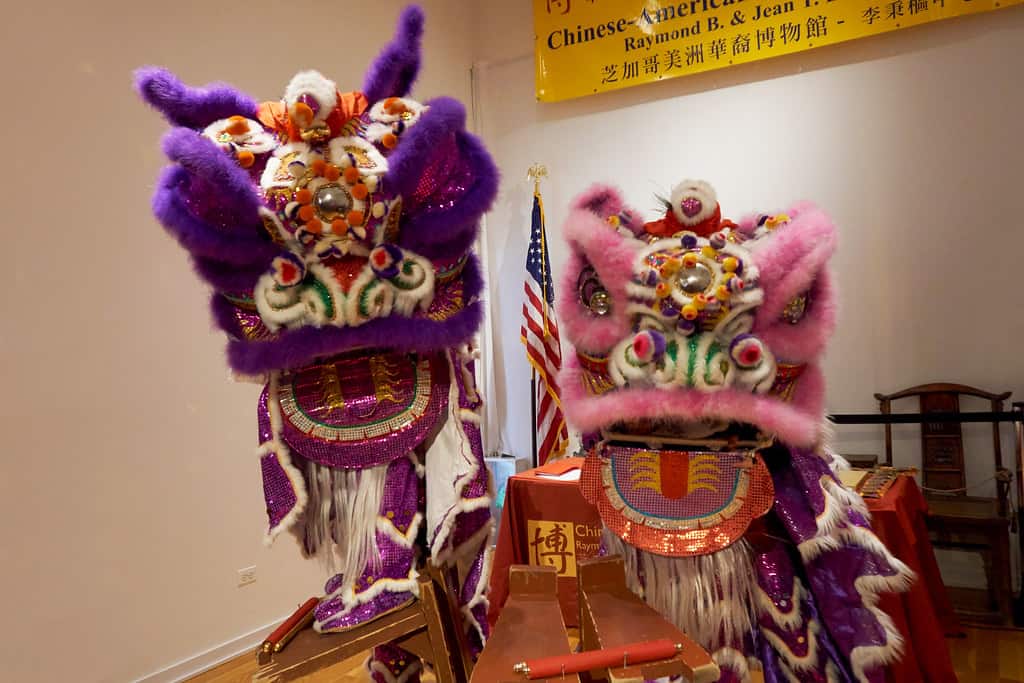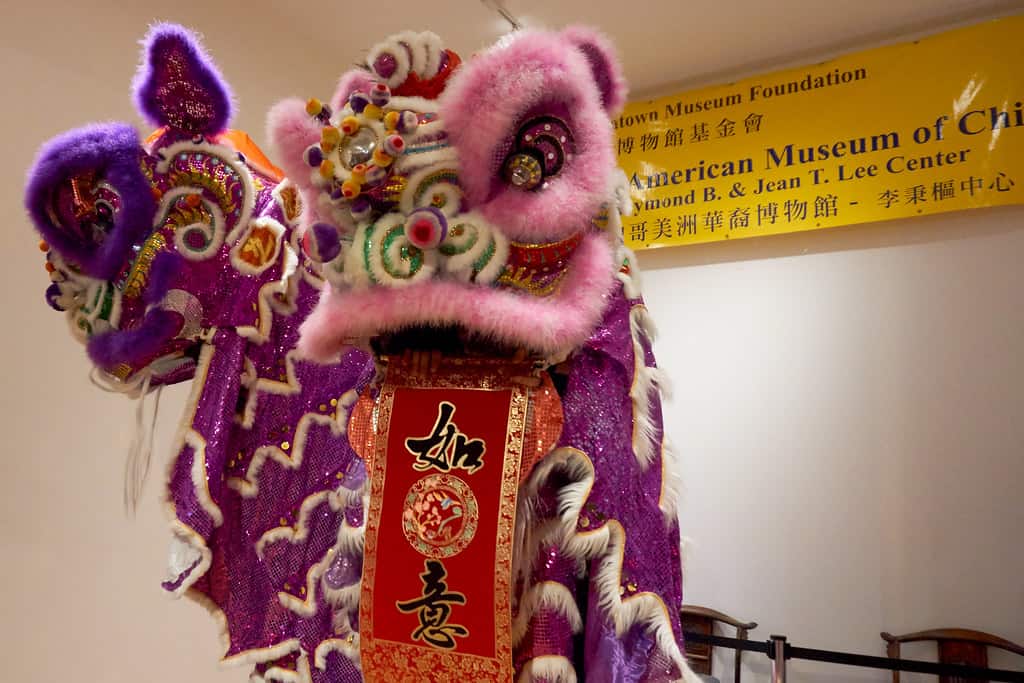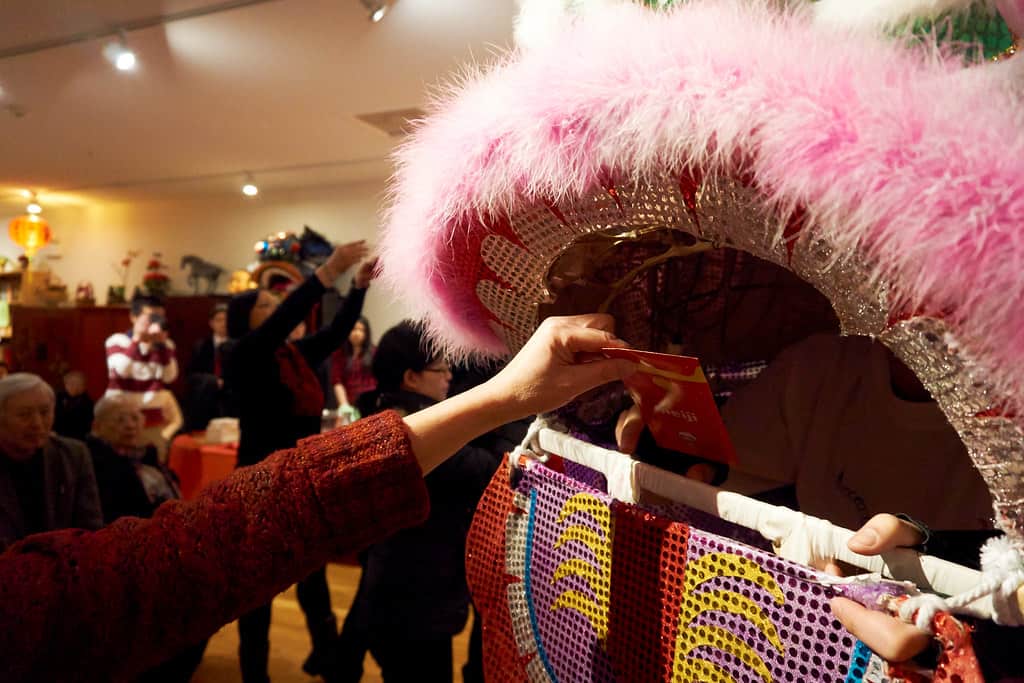United States
5 TRADITIONS YOU NEED TO KNOW FOR CELEBRATING CHINESE NEW YEAR
Tomorrow begins the Year of the Sheep (or today for all of my friends and family back in Hong Kong)!
Of course, we’ll be celebrating Chinese New Year in Chicago, but the truth is, the celebrations have actually already begun. Last weekend we had the privilege of joining the Chinese-American Museum of Chicago in their celebration of the New Year, where we learned about Chinese folklore, traditions and cooking!
Despite our numerous visits to Chinatown, neither of us had ever actually been to the Chinese-American Museum, which I’ll be writing about more in detail at a later time.
During the celebration Johnny and I both learned some new things about Chinese culture and enjoyed being in an atmosphere that reminded us of celebrating back in Hong Kong.
As we learned about these traditions more in depth, it made me realize that I should explain, or translate rather, many of the terms and traditions I’ve found myself mentioning in past Chinese New Year articles.
So without further ado, here are 5 traditions and terms you should know for celebrating Chinese New Year:
TONG YUEN (湯圓)
Our celebration started out with the legend of tong yuen, followed by a cooking demonstration by Mr. Ram Moy, a Chinese cuisine connoisseur.
It’s no secret that I love tong yuen. I’ve mentioned them multiple times before as they’re one of my favorite parts about family dinners.
Tong yuen are sweet rice balls (like Japanese mochi) and are one of the many auspicious foods eaten during Chinese New Year. They usually filled with sesame (my favorite) or peanut and are usually served in a ginger soup. At first I didn’t like the ginger, but now I’ve come to appreciate even that.
The name is a homophone for “union”, which is why they are always served at family reunions and holiday dinners. They’re also round in shape, and roundness is used to symbolize togetherness and unity in Chinese culture.
This is why round dumplings are served always in round bowls while seated at a round table (usually with round lanterns hanging overhead)!
It’s always about family!
I was excited to try my hand at forming the dumplings, and did pretty well I think! The recipe is surprisingly simple and luckily we were each given a copy, so you know I’ll be attempting to make them at home in the near future.
FAI CHUN (揮春)
It’s customary to greet people during Chinese New Year with proverbs wishing them health, prosperity and happiness. And there seem to be a billion different phrases you have to memorize.
In order to increase your chances of these proverbs coming true, it’s tradition to write them down on red papers called fai chun.
These papers are then hung around the house, typically on doors and various entryways.
Some of them feature simple phrases, but sometimes you’ll also find fai chun that have whole poems or couplets written on them. They used to be all hand written with calligraphy, but nowadays most are mass manufactured and store bought. Like lai see, you’ll often find popular Disney and cartoon characters decorating the fai chun.
Mr. Moy took the time to demonstrate traditional calligraphy techniques and helped to make fai chun for everyone to take home.
LAI SEE (利是)
Translating to roughly “good luck”, lai see, or red envelopes, are filled with money and used as gifts. They’re given out during Chinese New Year, as well as during other Chinese holidays, birthdays, weddings and even funerals.
Lai see may sound like all fun and games (because, really, who doesn’t love getting money) but there are actually some pretty intense rules that go along with giving and receiving red envelopes!
If it’s a happy occasion, red or gold envelopes with even denominations of money are used. Whereas unfortunate occasions call for white envelopes with denominations ending in a one (so $21, $51, etc.)– to represent being alone and missing that person.
Typically speaking, only married couples give out lai see to their non-married friends and family members– but that’s not even always the case. Even if you’re unmarried, a boss should always give to their employees, an elder child should always give to their younger siblings, single people should give to those who serve them daily (such as drivers or doormen), and so on and so forth.
So you can see, sometimes it actually gets confusing to know who you are obligated to give lai see to.
Of course the museum handed out lai see to all of their guests, but we’ll have to wait until the last day of Chinese New Year to open them!
CHUEN HOP (全盒)
A chuen hop, or Tray of Togetherness, is a Chinese box with compartments that you fill with all different kinds of special New Year candies, which have symbolic meanings of their own.
The boxes are usually red in color (ours is red with Disney characters), circular or octagonal in shape (again with the circles), and have eight compartments, since that number is believed to be very lucky (although ours only has five).
Chuen hops will be kept filled during the 15 days of Chinese New Year, so that whenever you have guests, you can offer them these auspicious goodies! And if you’re offered some, you don’t turn them down. That’s bad!
Many of the candies you fill them with, which are mostly candied fruits and vegetables, are hard to find during the rest of the year. Some of the most common ones you’ll see are:
- Dried Candied Lotus Root (糖蓮藕)– symbolizing abundance year after year.
- Dried Red Watermelon Seeds (紅瓜子)– symbolizing happiness and fertility or many offspring (seeds).
- Dried Candied Lotus Seed (糖蓮子)– symbolizing, again, fertility. Can you guess what’s important for the Chinese?
- Dried Candied Winter Melon (糖冬瓜)– symbolizing growth and health.
- Dried Candied Coconut (糖椰子)– symbolizing togetherness.
MO SI (舞獅)
Mo si, or lion dances, have been a part of Chinese culture for thousands of years.
According to the Chinese, lions ward off evil and bring good fortune, which is why you often see lion dances performed during Chinese New Year and other joyous occasions.
Lion dances were previously used as a fun form of weight training in Kung Fu. The heads used to weight around 50 pounds, so it was quite a workout! Today the heads come in different sizes and weights, with the most commonly used being around 20lbs.
The lion dance performance is still based on traditional martial art stances and footwork. Thus, all dancers must have a strong background in Kung Fu before training as lion dance performers.
While it may look like they’re just dancing and jumping, they are actually performing a story and solving a puzzle. The puzzle is a testament to the quality of the Kung Fu school and the skill of the performers. Of course in doing so there are certain rules and routines that must be obeyed.
Payment to the performing group is usually made through a choi cheng (taking the ‘green’ or vegetable). So before the lion can “eat the vegetable” the puzzle must be solved, to symbolize destroying bad luck and overcoming all obstacles.
The payment is usually inside a lai see that is attached or inside the vegetable (usually a head of lettuce). The lion will approach the vegetable with curiosity, consume the lettuce, and then spit out the leaves, without spitting out the money. Those who are hit by the leaves being spit out are supposed to receive extra luck!
For parties or other performances (such as what we witnessed), instead of performing a choy cheng, the vegetable is often replaced by a scroll, with calligraphy wishing good luck and happiness, that is unrolled during the performance. The lai see are then fed to the lions!
恭賀新禧! May you be happy and prosperous!
HAVE YOU HEARD OF ANY OF THESE TRADITIONS BEFORE?
A special thank you to the American-Chinese Museum of Chicago for allowing us to join in their Chinese New Year celebrations!

